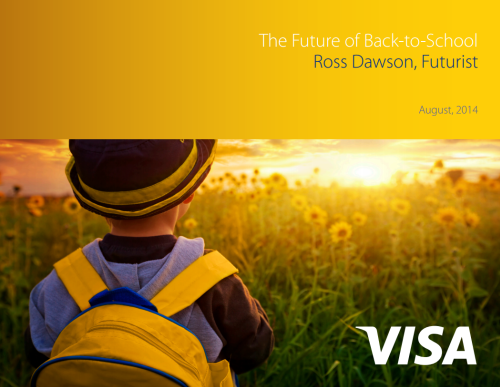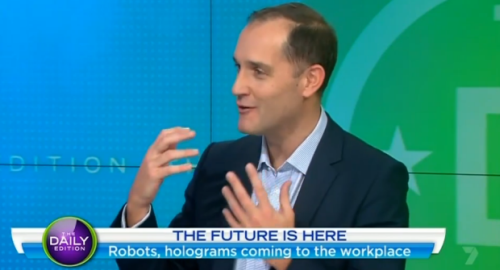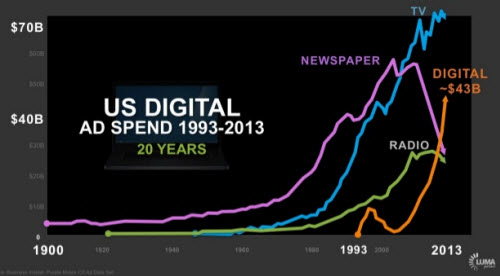It’s an attitude: Embracing the future
On my RossDawson.com site I list some of the more popular topics for my keynote speeches.
Particularly for internal corporate events, one of the most popular themes is ‘Embracing the Future‘, in which I not only point to the dramatic shifts underway and the potential of the future, but show that the attitude of embracing those changes will bring the greatest personal opportunities.
I recently created a short video to help describe the main themes of the keynote, shown below.



